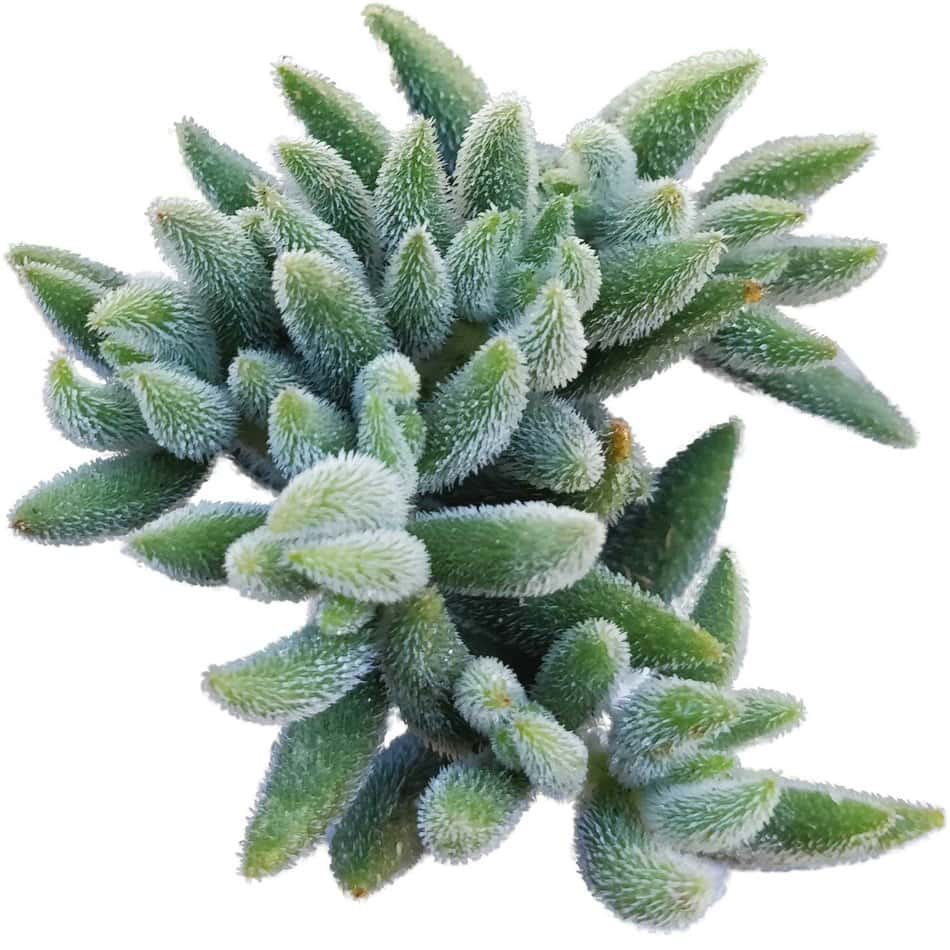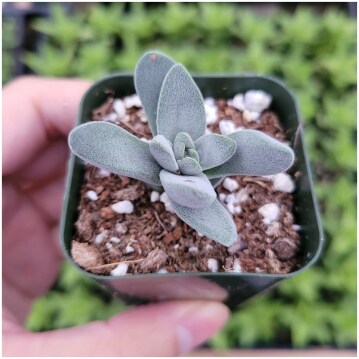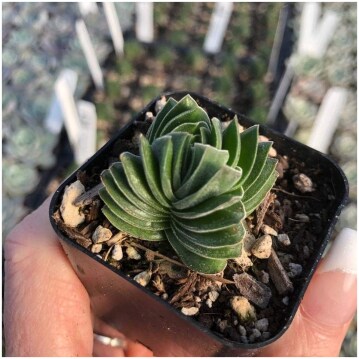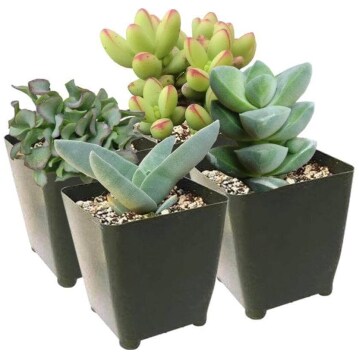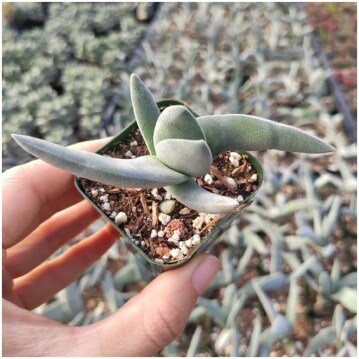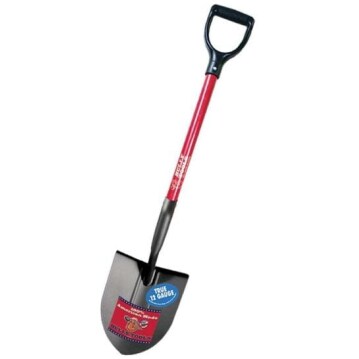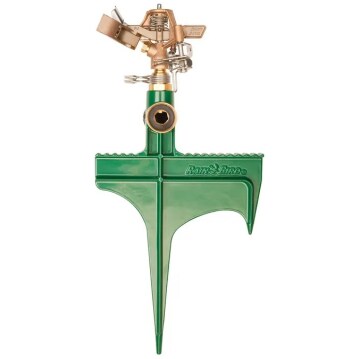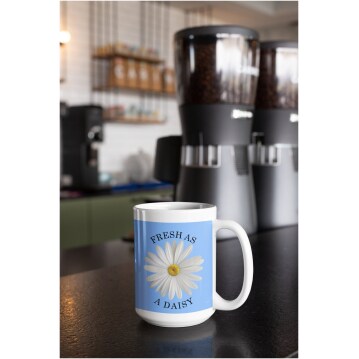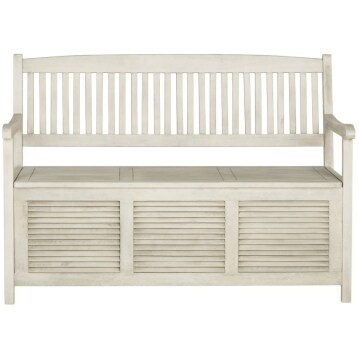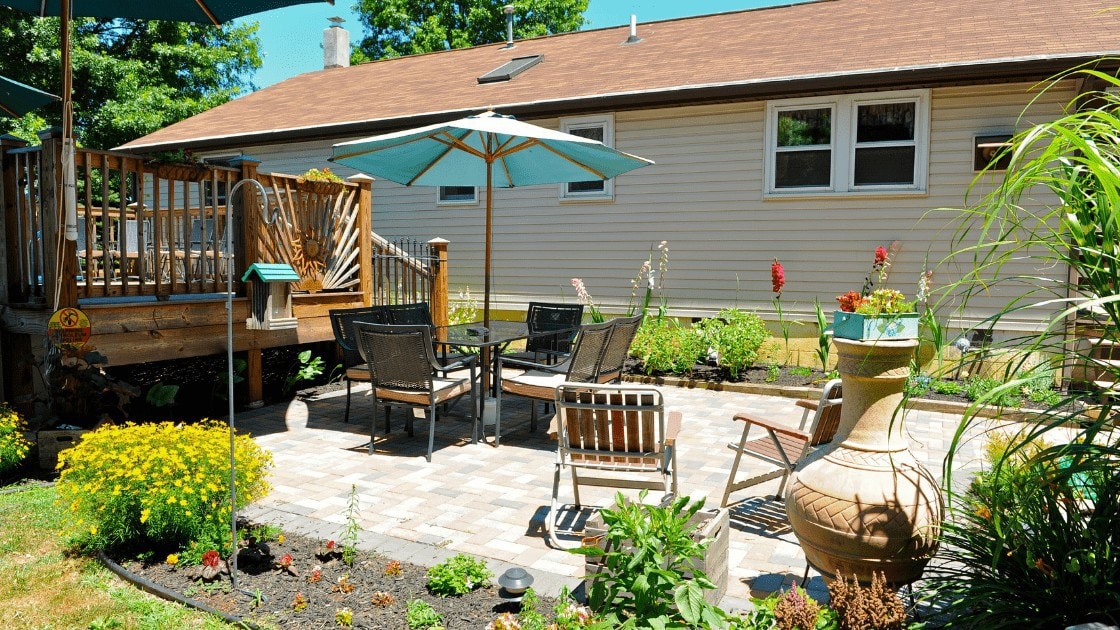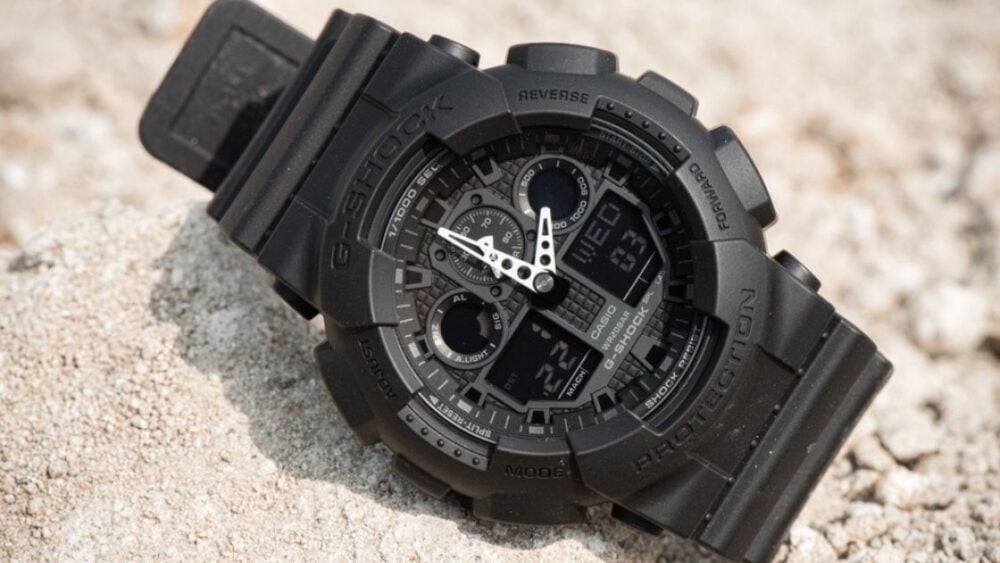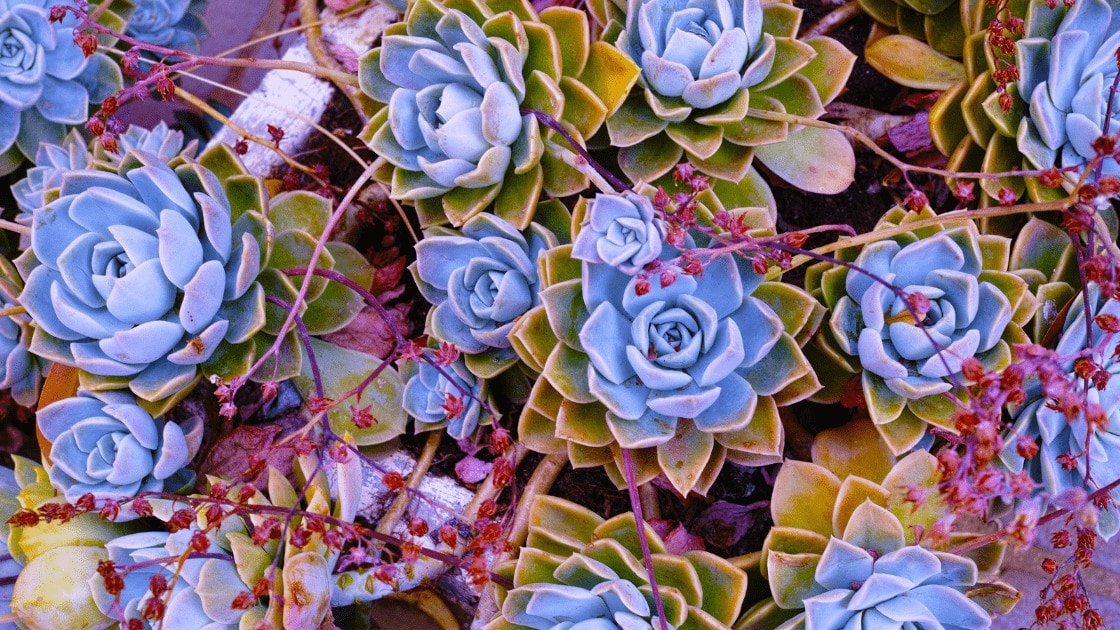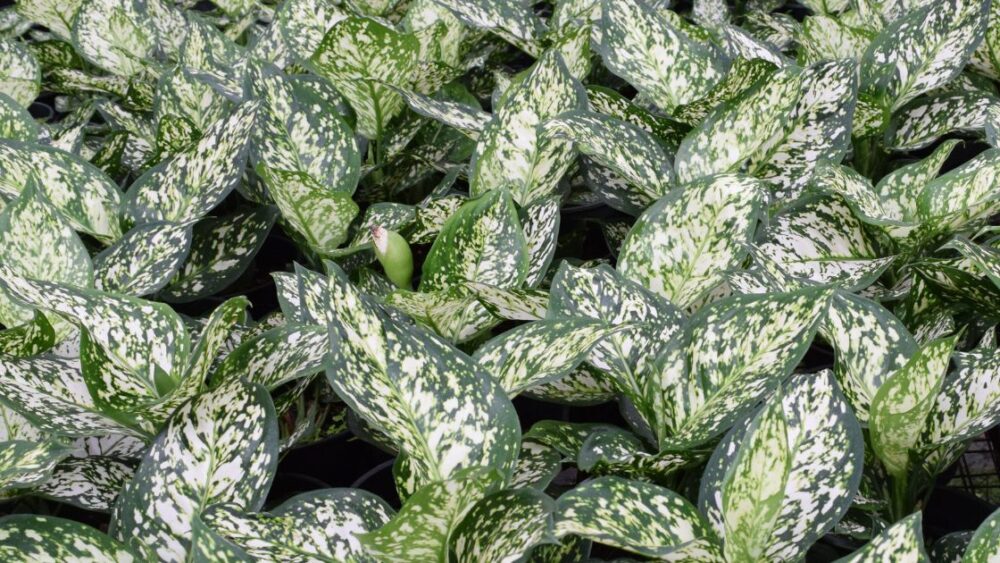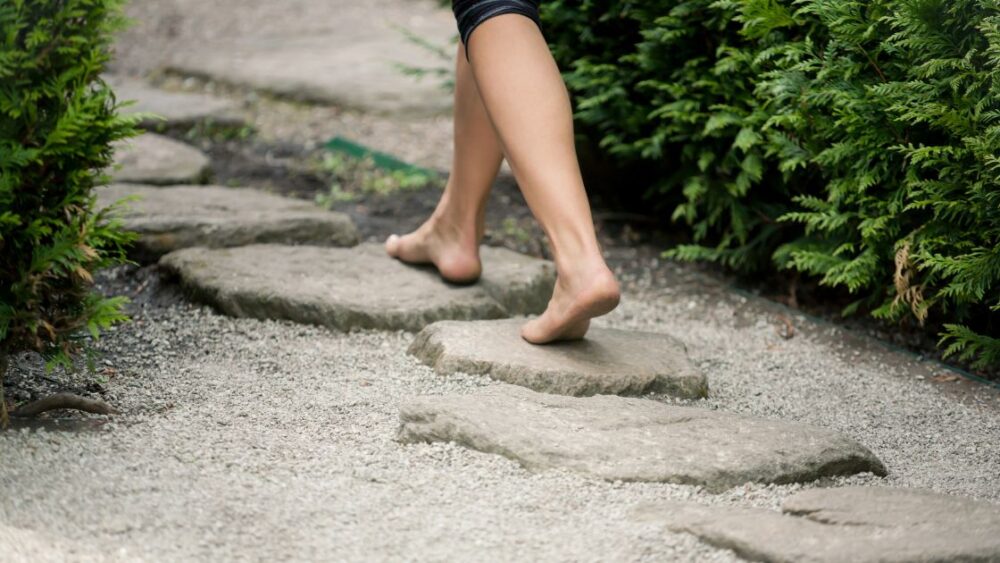Description
Crassula Mesembryanthemoides
Light/Soil/WaterHardiness Crassula Mesembryanthemoides comes from South African. Its long, pointed green leaves are covered with soft bristle-like hairs, giving it a fuzzy, frosted appearance. The hairs protect the plant from getting burnt and drying out, hence this succulent can be grown under full sun or partial shade. It produces very pretty hot pink flower clusters. All of the plants will be shipped bare root. Full Sun or Partial Shade. Mix 15-20% of sand through the soil. Water thoroughly when soil is dry to the touch, then let drain completely. Avoid letting water sit for too long in the soil to prevent rot and fungal diseases. Average summer temperatures from 65ºF/18ºC to 70ºF/21ºC are ideal. In winter, it can survive temperatures as low as 50ºF/10ºC. Feed with a controlled-release fertilizer at the beginning of the growing season. You can propagate Crassula Mesembryanthemoides by division, offsets or leaf cuttings. The easiest way is to propagate from a single leaf: put the leaf in a succulent or cacti mix, then cover until it sprouts. USDA Hardiness Zone 9a: 20 to 25 °F USDA Hardiness Zone 9b: 25 to 30 °F
